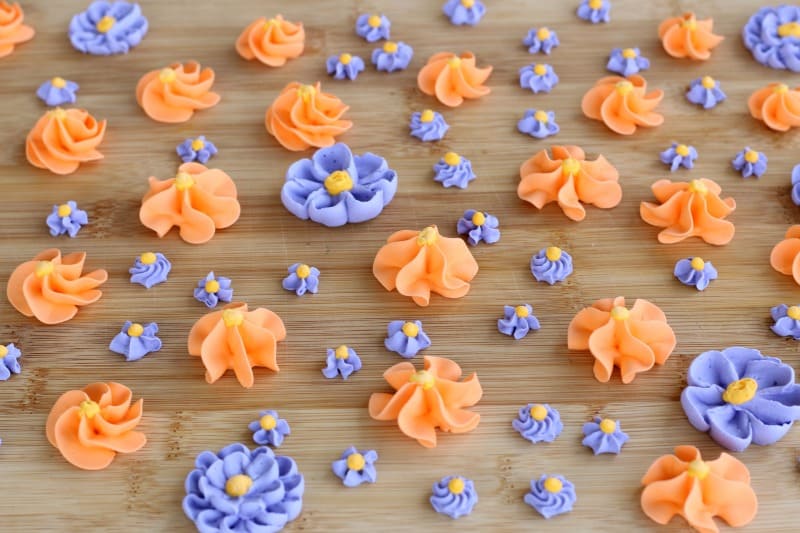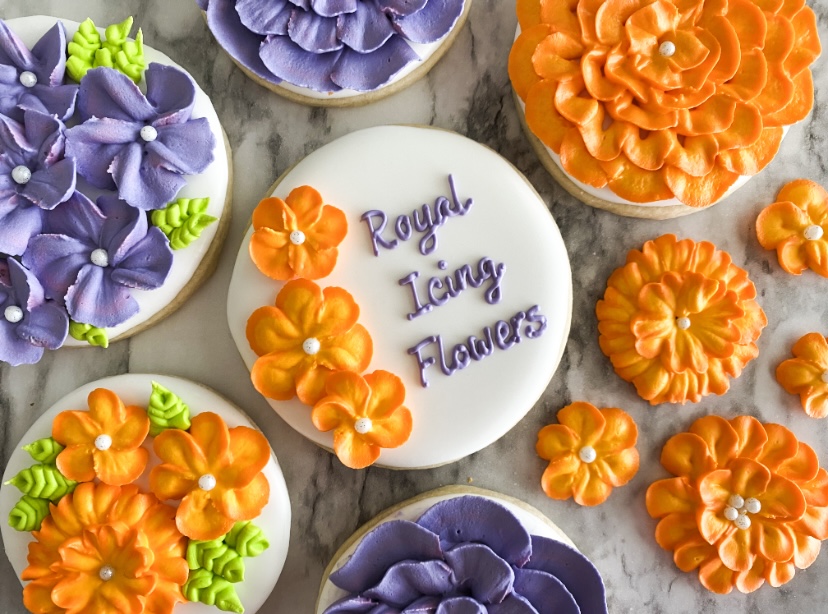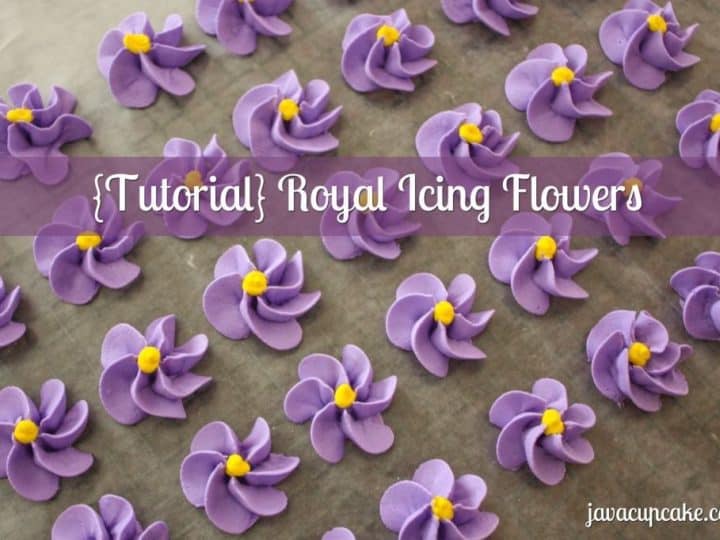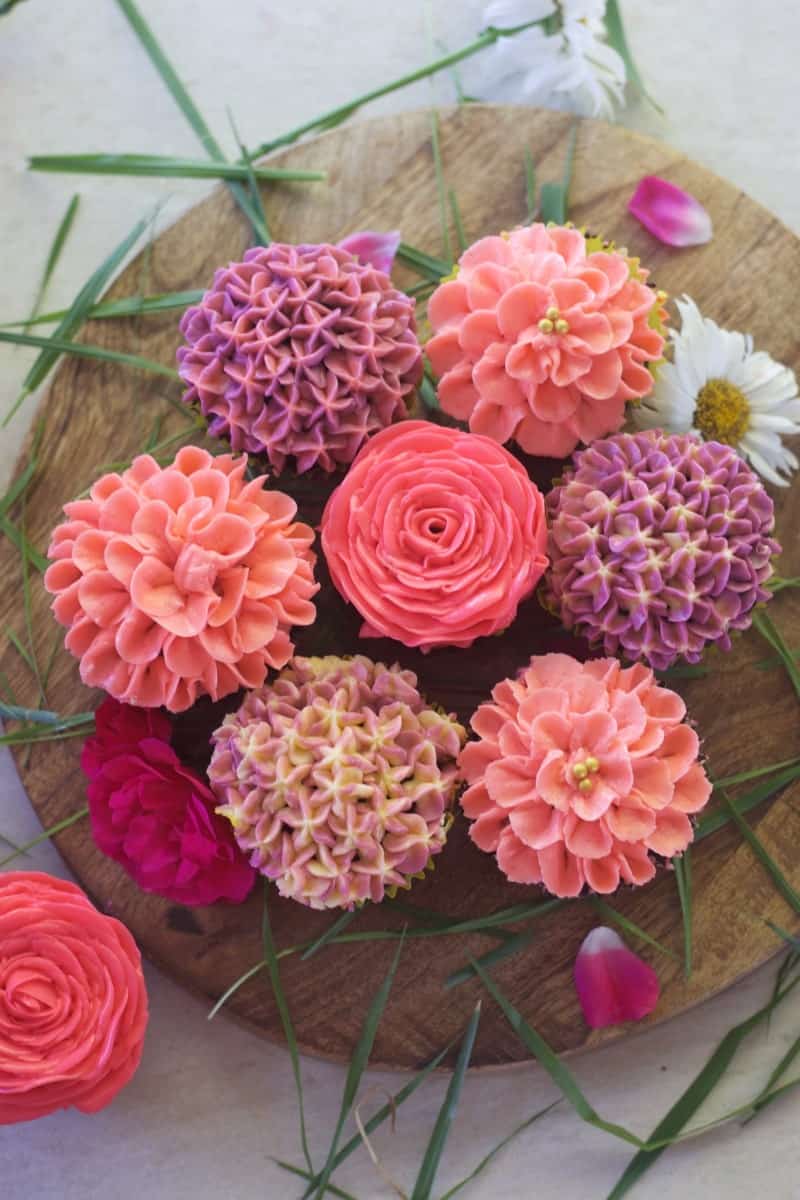Welcome to the enchanting world of flower icing decorations! Whether you’re a seasoned baker or a newbie in the kitchen, adding beautiful icing flowers to your cakes and cupcakes can elevate your creations to the next level. In this extensive guide, we’ll explore everything you need to know about flower icing decorations, from techniques and tips to personal experiences and insights. By the end of this article, you’ll be equipped with the knowledge to create stunning edible floral designs that will impress your friends and family.
What Are Flower Icing Decorations?
Flower icing decorations are intricate designs made from various icing types, primarily buttercream and royal icing, to resemble flowers. These decorations can be used on cakes, cupcakes, cookies, and other baked goods, transforming them into works of art. Creating beautiful flower decorations requires not only skill but also a good understanding of the different types of icing, tools, and techniques.
A Brief History of Icing Decorations
The art of icing has been around for centuries. Early icings were simple concoctions of sugar and egg whites, but over the years, bakers have refined techniques and developed new types of icing that allow for more intricate designs. Flower icing decorations became especially popular in the Victorian era, when elaborate cakes adorned with sugar flowers were a mark of sophistication. Today, they hold a special place in various celebrations, from weddings to birthdays.

Types of Icing for Flower Decorations
Choosing the right type of icing is crucial for creating beautiful flower decorations. Here are the most commonly used types:

1. Buttercream Icing
- Description: A creamy mixture of butter, sugar, and milk or cream.
- Pros: Easy to work with, versatile, and delicious.
- Cons: Can melt in warm conditions; not as stiff as royal icing.
2. Royal Icing
- Description: A mixture of egg whites and powdered sugar, which dries hard.
- Pros: Ideal for intricate designs; dries quickly and hardens well.
- Cons: Can be finicky to work with; requires precise measurements.

3. Fondant
- Description: A sugar paste that can be rolled out and shaped.
- Pros: Excellent for smooth finishes and can be molded into various shapes.
- Cons: Not suitable for detailed flower designs; can be chewy.
Essential Tools and Materials

Before diving into the techniques, let’s take a look at the tools and materials you’ll need to create stunning flower icing decorations:
Basic Tools
- Pastry bags
- Decorating tips (particularly petal and leaf tips)
- Food coloring
- Spatula
- Turntable
- Flower nail
- Cake smoother
- Scissors
- Stencils (optional)

Additional Materials
- Wax paper or parchment paper
- Cornstarch (for dusting)
- Gel paste food colors
- Edible glitter (optional)
Techniques for Creating Flower Icing Decorations

Creating flower icing decorations can be an enjoyable and rewarding process, especially once you get the hang of the techniques. Here are some popular flower-piping techniques:
1. Piping Roses
Piping roses is one of the most popular techniques for creating flower decorations. Here’s how to do it:
- Using a petal tip (such as Wilton #104), hold the piping bag at a 45-degree angle.
- Start by creating the center of the rose with a small spiral motion.
- Gradually add petal layers around the center, overlapping the previous layer as you pipe.
- Finish the rose by adding small green leaves at the base using a leaf tip.
2. Daisies and Other Simple Flowers
Simple flowers like daisies can be piped quickly and easily:
- Choose a round tip (like Wilton #12) and pipe a small circle for the center.
- Switch to a petal tip and pipe individual petals around the center.
- Add details like yellow tips if desired.
3. Creating Bulk Flowers with a Flower Nail
A flower nail allows you to create multiple flowers at once. Here’s how:
- Place a square of parchment paper on the flower nail.
- Pipe a small mound of icing, which will be the base of your flower.
- Apply the petal technique as you would for roses or daisies, rotating the nail as you go.
- Once done, carefully lift off the parchment and let the flowers dry.
Tips for Success in Flower Icing Decorations
To master flower icing decorations, consider these helpful tips:
1. Practice Makes Perfect
Don’t be discouraged if your first few attempts don’t turn out perfectly. Take the time to practice different techniques and designs.
2. Use Quality Ingredients
High-quality butter, sugar, and food coloring can make a significant difference in your icing’s flavor and appearance.
3. Keep Icing Consistency in Check
The right consistency is key for successful piping. You want a smooth and creamy texture that holds its shape. Add liquid gradually to achieve the desired consistency.
4. Work in a Cool Environment
Since buttercream can melt, ensure your working area is cool, especially during warm months.
Personal Experience: My Journey with Flower Icing Decorations
As someone who loves both baking and artistry, flower icing decorations quickly became my favorite aspect of cake decorating. I remember the first time I piped my roses; I was both nervous and excited. After several attempts, I finally created a rose that resembled something out of a bakery display case. The feeling of accomplishment was incomparable!
Over the years, I’ve explored various techniques, and I truly believe that every mistake has taught me something invaluable. Working with different icing types has also opened up a world of possibilities — from buttercream flowers for a rustic cake to royal icing flowers for a more polished look. I encourage anyone interested in baking to give these techniques a try!
Comparing Flower Icing Techniques
| Technique | Difficulty Level | Best Icing Type | Time Required |
|---|---|---|---|
| Piping Roses | Medium | Buttercream & Royal Icing | Varies (5-10 mins each) |
| Daisies & Simple Flowers | Easy | Buttercream | 1-3 mins each |
| Using a Flower Nail | Advanced | Royal Icing | 15-30 mins (depending on design) |
Pros and Cons of Flower Icing Decorations
Pros
- Adds beauty and personalization to baked goods.
- Enhances the overall presentation of cakes and pastries.
- Offers creative expression and allows for a variety of designs.
- Can impress guests and elevate your baking skills.
Cons
- Can be time-consuming and requires practice.
- Some techniques may be challenging for beginners.
- Conditions like heat can affect icing consistency and appearance.
Frequently Asked Questions (FAQs)
What type of icing is best for flower decorations?
The best icing for flower decorations depends on your design. Buttercream is great for beginners and offers a delicious taste, while royal icing is perfect for intricate details and durability.
How can I make my buttercream icing more stable?
To make buttercream icing more stable, consider adding meringue powder or using a 2:1 ratio of powdered sugar to butter. Refrigerating the icing before use can also help it hold its shape better.
Can flower icing decorations be made ahead of time?
Yes, many flower decorations can be made ahead of time, especially with royal icing, as it dries hard. Store them in an airtight container in a cool, dry place until ready to use.
How do I store my decorated cakes or cupcakes?
Store decorated cakes or cupcakes in a cool, dry area. If you need to refrigerate them, cover them loosely with plastic wrap or a cake dome to avoid condensation.
Are there any alternatives to traditional icing for flower decorations?
Yes! You can use chocolate modeling paste, marzipan, or even edible flowers for decoration. These alternatives can add unique flavors and textures to your desserts.
Conclusion
Flower icing decorations are not just about aesthetics; they are a form of art that allows bakers to express their creativity and delight those who enjoy their creations. By understanding the various icing types, mastering essential techniques, and practicing regularly, you can turn any baked good into a stunning masterpiece.
So grab your piping bags, unleash your creativity, and let the world of flower icing decorations inspire your baking journey!